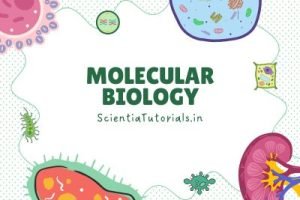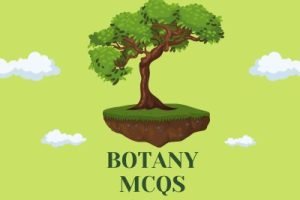MCQs on PCR
MCQs on PCR
1. The PCR technique was developed by_________.
(a) Kohler
(b) Altman
(c) Milstein
(d) Kary Mullis
Sol:(d) Kary Mullis.
2. The polymerase chain reaction is_________.
(a) It is a DNA sequencing technique.
(b) It is a DNA degradation technique
(c) It is a DNA amplification technique
(d) All of the above
Sol:(c) It is a DNA amplification technique
3. Which of the following statements is accurate for the PCR – polymerase chain reaction?
(a) Automated PCR machines are called thermal cyclers
(b) A thermostable DNA polymerase is required
(c) Millions to billions of desired DNA copies can be produced from microgram quantities of DNA
(d) All of the above
Sol:(d) All of the above.
4. Thermus aquatics is the source of _________.
(a) Vent polymerase
(b) Primase enzyme
(c) Taq polymerase
(d) Both a and c
Sol:(c) Taq polymerase.
5. Which of the following is not a thermostable polymerase?
(a) pfu polymerase
(b) Taq polymerase
(c) Vent polymerase
(d) DNA polymerase III
Sol:(d) DNA polymerase III.
6. Which of the following is the basic requirement of PCR reaction?
(a) Two oligonucleotide primers
(b) DNA segment to be amplified
(c) A heat-stable DNA polymerase
(d) All of the above
Sol:(d) All of the above.
7. Why are vent polymerase and Pfu more efficient than the Taq polymerase?
(a) Because of proofreading activity
(b) Because of more efficient polymerase activity
(c) Both a and b
(d) None of the above
Sol:(a) Because of proofreading activity.
8. Which of the following is the first and the most important step in the polymerase chain reaction?
(a) Annealing
(b) Primer extension
(c) Denaturation
(d) None of the above
Sol: (c) Denaturation.
9. What is the process of binding of primer to the denatured strand called?
(a) Annealing
(b) Renaturation
(c) Denaturation
(d) None of the above
Sol:(a) Annealing.
10. Denaturation is the process of _________.
(a) Heating between 72°C
(b) Heating between 40 to 60°C
(c) Heating between 90 to 98°C
(d) None of the above
Sol:(c) Heating between 90 to 98°C.
11. Which of the following statements are true regarding PCR?
(a) Primer extension occurs at 72°C
(b) Denaturation involves heating at 90 to 98°C
(c) Annealing involves the binding of primer between 40 to 60C°C
(d) All of the above
Sol: (d) All of the above.
12. Polymerase used for PCR is extracted from _____________ .
(a) Homo sapiens
(b) Thermus aquaticus
(c) Escherichia coli
(d) Saccharomyces cerevisiae
Sol:(b) Thermus aquaticus.
13. At what temperature does denaturation of DNA double helix takes place?
(a) 54°C
(b) 74°C
(c) 94°C
(d) 60°C
Sol:(c) 94°C.
14. How many DNA duplexes are obtained from one DNA duplex after 4 cycles of PCR?
(a) 8
(b) 4
(c) 32
(d) 16
Sol:(d) 16.
15. Primers used for the process of polymerase chain reaction are _________.
(a) Single-stranded RNA oligonucleotide
(b) Single-stranded DNA oligonucleotide
(c) Double-stranded RNA oligonucleotide
(d) Single-stranded DNA oligonucleotide
Sol: (b) Single-stranded DNA oligonucleotide.
16. At what temperature does annealing of DNA and primer take place?
(a) 54°C
(b) 96°C
(c) 42°C
(d) 74°C
Sol:(a) 54°C.
17. Reverse transcription PCR uses _________.
(a) RNA as a template to form DNA
(b) mRNA as a template to form cDNA
(c) DNA as a template to form ssDNA
(d) All of the above
Sol:(b) mRNA as a template to form cDNA.
18. Which of the following is an application of polymer chain reaction?
(a) Site-directed mutagenesis
(b) Site-specific recombination
(c) Site-specific translocation
(d) All of the above
Sol:(a) Site-directed mutagenesis.
19. Which of the following is true for asymmetric PCR?
(a) Used for generating double-stranded copies for DNA sequence
(b) Used for generating single-stranded copies for DNA sequence
(c) Both a and b
(d) None of the above
Sol:(b) Used for generating single-stranded copies for a DNA sequence.
20. The polymer chain reaction is used for_________.
(a) Amplifying gene of interest
(b) Constructing RAPD maps
(c) Detecting the presence of the transgene in an organism
(d) All of the above
Sol:(d) All of the above.
Tag:MCQs on PCR



